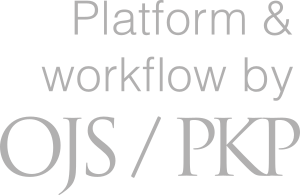The Influence of German Siedlungen and Bauhaus on Helsinki’s Prewar Housing Companies
DOI:
https://doi.org/10.23995/tht.111926Abstrakti
The greatest achievement of the Bauhaus movement in terms of volume was the new approach to affordable housing, even though the movement itself contributed little in the way of building. Many of the Bauhaus teachers and students were involved during the 1920s and 1930s in new large-scale housing projects in Frankfurt, Berlin, and elsewhere in Germany, as originally required by the new Weimar constitution of 1919, which attempted to tackle the housing crisis via laws and new financing models. These new Siedlungen (subsidized housing estates) were made possible with earlier models of Baugenossenschaftenand Bauaktiengesellschaften, which acted as the main contractors and owners of the property and were partially subsidized by the city or the state. This form of cooperative building was naturally in line with Walter Gropius' manifest of 1919 and based also on cooperation between different parties.
City of Helsinki did not have the resources to subsidize any kind of private building, though the housing crisis was certainly dire. However, the Finnish Asunto-osakeyhtiölaki (Liability Housing Companies Act, 1926) was partially developed for this purpose, to help build and maintain jointly owned real-estate properties. In short, a housing company is a normal joint-stock company that enables the stockowner to own a flat. This new system enabled both the stockowner and the company to borrow money, which in turn enabled the capital-poor lending banks to borrow from abroad. The law proved to be a success.
The founders of these companies varied. The majority were normal developers who built to sell. Those in the minority included the state, cities, Finnish co-ops, and various ad hoc groups (usually according to profession, family, and so forth), such as railroad workers, bankers, professors, or officers. They hired their own supervisors, builders, and other experts, and, as can be expected, oversaw the work of the architect as well. In all cases, the city of Helsinki provided the master plan and sold or rented the land.
This article sheds light on the influence of the Bauhaus movement and German architecture on housing in Helsinki using period’s professional press as data. The consensus has been that German influence came through Sweden. This paper is an inquiry into the role of direct German influence on Helsinki’s housing companies.








